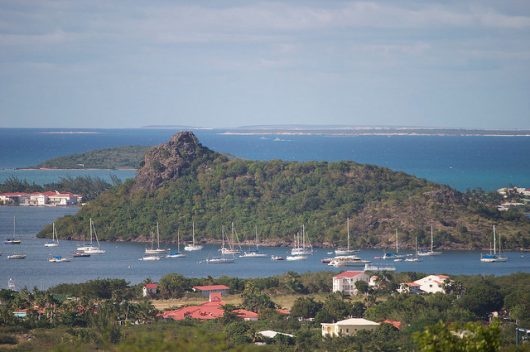
The universal rise in global living standards has helped combat diseases, spurred on by international poverty relief efforts. In fact, one study found that reducing poverty was just as effective as medicine in reducing tuberculosis. Poor health drains an individual’s ability to provide for themselves and others, trapping and perpetuating a cycle of poverty. Better public health increases workforce productivity, educational attainment and societal stability. Here are 5 ways poverty relief reduces disease.
5 Ways Poverty Relief Reduces Disease
- Better Sanitation: According to the WHO, approximately 827,000 people die each year due to “inadequate water, sanitation, and hygiene.” Poor sanitation is linked to the spread of crippling and lethal diseases such as cholera and polio, which hamper a nation’s development. By investing in the sanitation of developing nations, the rate of disease decreases and the food supply improves. Furthermore, an all around healthier society emerges that can contribute more to the global economy. In fact, a 2012 WHO study found that “for every U.S. $1.00 invested in sanitation, there was a return of U.S. $5.50 in lower health costs, more productivity, and fewer premature deaths.”
- Improved Health Care Industries: A hallmark of any developed nation is the quality of its health care industry. A key part of reducing poverty and improving health, is investing in health care initiatives in developing countries. When the health care industry is lacking (or even non-existent), the population experiences high levels of disease, poverty and death. Many American companies have already invested millions into the medical sectors of developing nations, however. In September 2015, General Electric Healthcare created the Sustainable Healthcare Solutions, a business unit that donates millions in money and medical equipment to developing nations.
- More Informative Education: Knowledge is power when it comes to fighting disease. Educational institutions provide a nation with one of the best tools to fight diseases of all kinds. According to a WHO report, “education emphasizing health prevention and informed self-help is among the most effective ways of empowering the poor to take charge of their own lives.” Schools must teach about proper sanitation, how to spot warning signs and form healthy behaviors. School health programs are also an invaluable resource in times of pandemics and disease outbreaks, as they coordinate with governments. This cooperation has helped tackle diseases, including HIV/AIDS in Sub-Saharan Africa. Eritrea, for example, has one of the lowest rates of infection in the region (less than 1%), partially due to an increase in HIV/AIDS education measures.
- Enhanced Nutrition: Malnutrition and food insecurity weaken the immune systems of the impoverished and significantly lower one’s quality of life. Millions of children each year die from famine or end up crippled due to dietary deficiencies. By investing in and supporting agricultural sectors of developing nations, aid programs help in not only decreasing poverty, but also in cutting down on illness of all kinds. Likewise, international aid during conflicts and natural disasters is crucial to ensuring the continued health and productivity of a country. One nation combating such an issue is Tanzania. With the help of aid organizations like UNICEF, Tanzania has decreased malnutrition for children under five.
- More Effective Government Services: Arguably encompassing all the previous categories, governments with more money and resources can effectively help stop diseases. A healthy general population leads to more productivity, which increases tax revenue. Central governments can then invest that money back into health care and sanitation, creating a positive feedback loop. Governments also provide a centralized authority that can cooperate with organizations like the WHO. In the 21st century, communication and cooperation between world governments is key to halting pandemics and working on cures.
Impact on COVID-19
The COVID-19 pandemic is a prime example of how improved government resources provide poverty relief, which helps combat the virus in the developing world. Kenya is a good example of how developing nations can help contain and combat the virus with effective government actions. The systems and governmental services built up over past decades sprang into action and coordinated with organizations like the WHO. The government has also implemented various economic measures to help mitigate the negative economic side-effects. Moving forward, it is essential that governments and humanitarian organizations continue to take into account the importance of poverty relief for disease reduction.
– Malcolm Schulz
Photo: Flickr

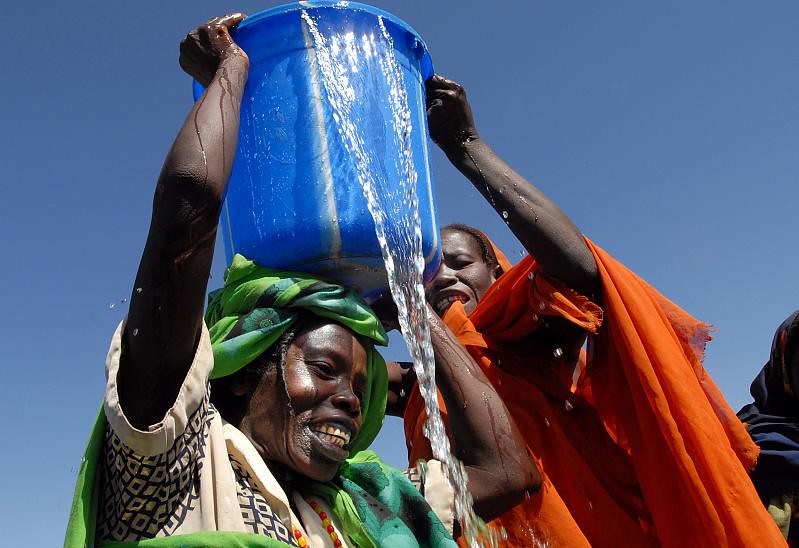 Chad is a country highly dependent on agriculture with two-thirds of the population employed in such a capacity. For agriculture to thrive, water must be plentiful. However, for Chad, ensuring access to adequate water supplies has and continues to be a challenge. Additionally, the citizenry at large suffers from a lack of sanitized water, which increases the danger of disease transmission. Here are 6 facts about sanitation and access to water in Chad.
Chad is a country highly dependent on agriculture with two-thirds of the population employed in such a capacity. For agriculture to thrive, water must be plentiful. However, for Chad, ensuring access to adequate water supplies has and continues to be a challenge. Additionally, the citizenry at large suffers from a lack of sanitized water, which increases the danger of disease transmission. Here are 6 facts about sanitation and access to water in Chad. Sierra Leone is a small nation located on the coast of West Africa. While the country boasts an abundance of natural resources, it is also a poor nation, with a healthcare system in dire need of improvement. Here are 9 facts about healthcare in Sierra Leone.
Sierra Leone is a small nation located on the coast of West Africa. While the country boasts an abundance of natural resources, it is also a poor nation, with a healthcare system in dire need of improvement. Here are 9 facts about healthcare in Sierra Leone.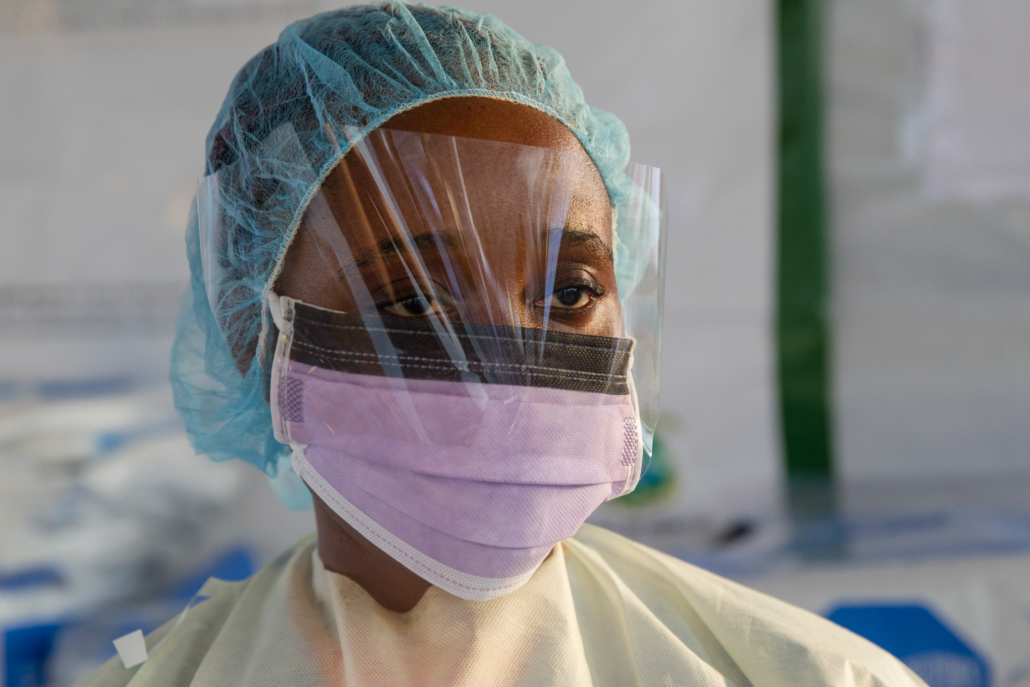
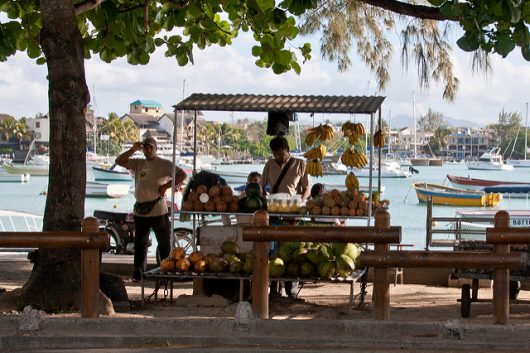 Located in the Indian Ocean off the coast of Southern Africa, Mauritius is an archipelago that is only about 500 miles east of
Located in the Indian Ocean off the coast of Southern Africa, Mauritius is an archipelago that is only about 500 miles east of 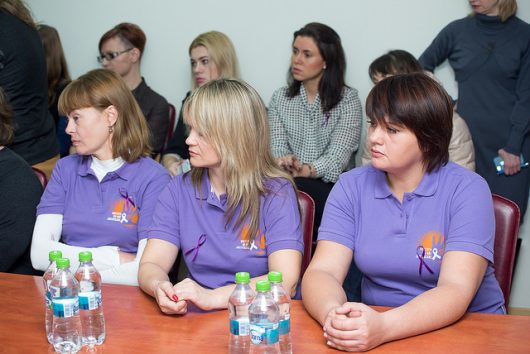
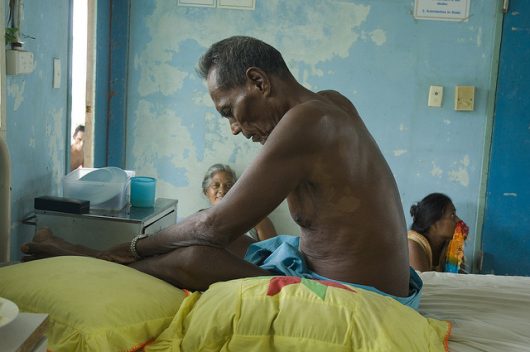 Kiribati is a small island country in the central Pacific. The people of
Kiribati is a small island country in the central Pacific. The people of 
